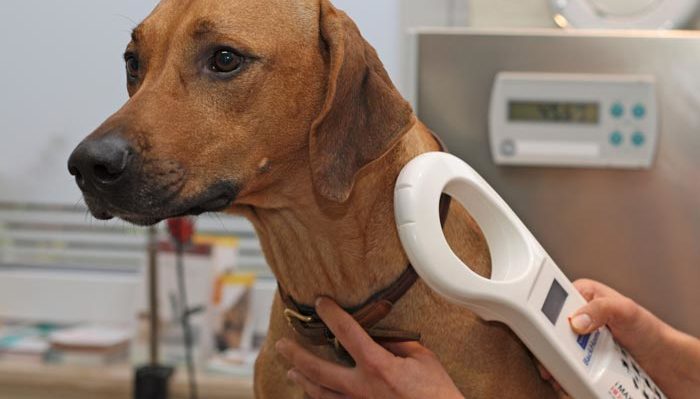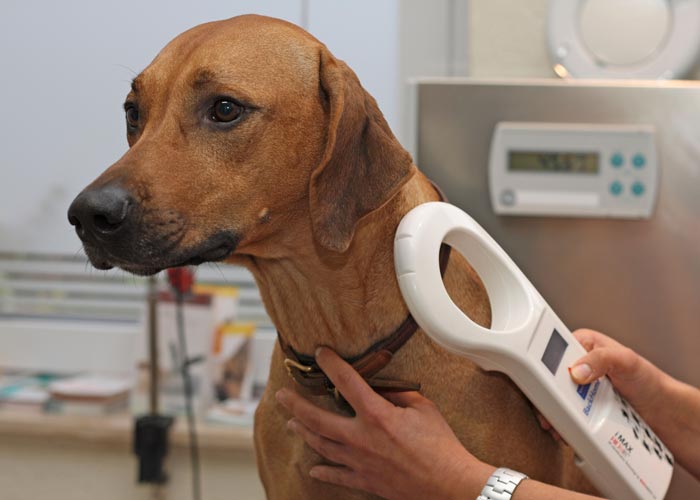
 Here in Spokane County, 63% of dogs are returned to their owners because they are licensed and microchipped. With cats, that number is only 4%. The cost of a microchip is worth a lifetime of not worrying about your pet getting lost and never returning home.
Here in Spokane County, 63% of dogs are returned to their owners because they are licensed and microchipped. With cats, that number is only 4%. The cost of a microchip is worth a lifetime of not worrying about your pet getting lost and never returning home.
What is a microchip?
* A microchip is a small implant that is placed in between the shoulders of your pet.
* The implant contains a radio transmitter and a 10-digit code that can be read by a scanner.
* The microchip is not a GPS locator that can track and find you if your missing pet winds up at SCRAPS.
Some Good Reasons to Microchip
Microchipping is a near painless process that increases your pets chance of being returned home and here are some reasons why it is so important:
* When SCRAPS is able to locate the chip, it allows them to quickly contact the owner by phone.
* Knowing your pet is microchipped can save you many sleepless nights.
* SCRAPS will be able to locate the chip and an officer may be able to return your pet to you without it coming into the shelter.
What information is on a microchip?
The only information that will be accessible from your pet’s microchip is the contact information you provide to the manufacturer’s microchip registry. This information will be used to contact you in the event that your pet is found and the microchip is scanned.
Is a collar and tag enough?
Collars and current tags are still the quickest and easiest way to identify a pet’s owner. However, collars and tags can become lost or damaged, making it difficult for SCRAPS to identify a pet’s owner. Using tags and a microchip together – and ensuring both are regularly updated – is the best way to ensure your pet’s safe return.
“My cat never goes outside? Do I need to get them microchipped?”
Cats are excellent escape artists. While it’s great that you’re keeping your cat safe indoors, there’s always a chance that they could escape. Since there’s always a chance your cat could get out, it’s best to make sure they are microchipped.
How much is a microchip?
Prices vary depending on what veterinary clinic you use, but a microchip implantation is usually a one-time fee of $25-40. There may also be a fee – generally under $20 – to enter your pet’s ID number in the microchip database, or to change your contact information.
 How to Microchip Your Pet
How to Microchip Your Pet
Many pet parents are now opting to get their pet chipped when their pet is being spayed or neutered, but if you have an older pet who has already been fixed, follow these steps:
* Make an appointment with your local veterinarian to get your pet chipped.
* The veterinarian will implant the microchip into your pet’s skin, usually between the shoulder blades, using a needle, much like a routine vaccination.
Microchips do not wear out, as they do not have batteries or moving parts, but make sure you keep your information up-to-date in order to get your pet home safely.
SOURCE – SCRAPS release, Summer 2017



